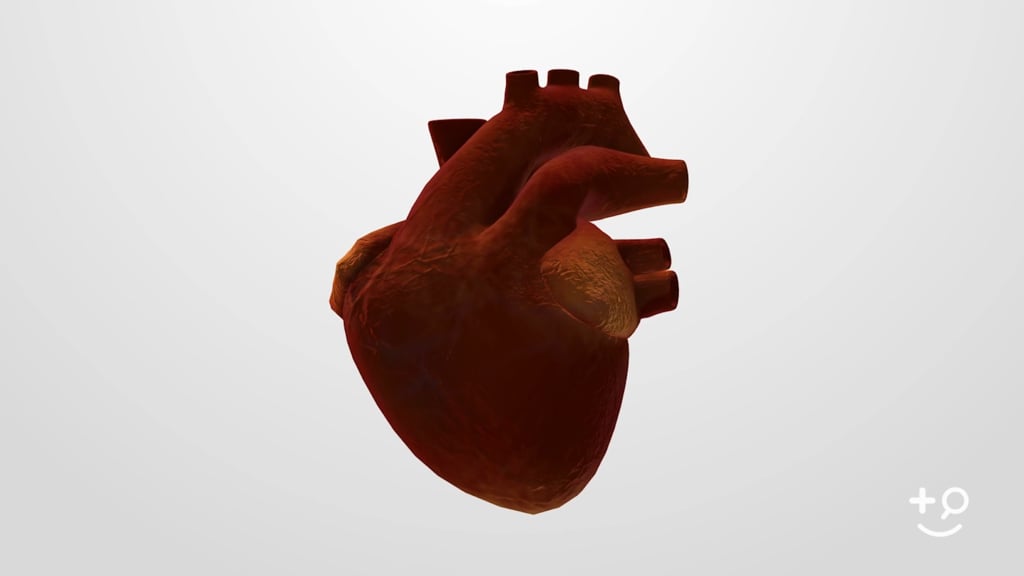In the US, the number one cause of death remains cardiovascular death. Patients who suffer from heart disease also have manifestation in other vascular beds. The attention to treatment of peripheral vascular disease is divided amongst specialties of interventional radiology, vascular specialists, and cardiologists. Sometimes, due to divided attention, the focus on prevention of cardiovascular death is diminished. While improving peripheral circulation is rewarding and impacts quality of life greatly, identifying the cardiac patient before death or myocardial infarction offers the patients significant reward. These patients are often too limited with peripheral artery disease symptoms to experience cardiac symptoms. I have seen patients that have had remarkable peripheral procedures and yet suffer a heart attack or die.
Thus, I came up with the idea of “cardiocentricity”: Putting the heart back in the center of our focus in cardiovascular disease management.
As a group of endovascular specialists, we must reorient and assume a cardiocentric approach to peripheral arterial disease. By doing this, our endovascular colleagues from cardiology, interventional radiology, and vascular surgery would ensure that the risk factors are aggressively treated, and the patient with vascular disease in the periphery is screened for cardiac disease as well. Given the significant overlap in disease beds, the cardiocentric approach would require cardiac ischemic evaluation on all patients with manifestation of vascular disease in other vascular beds. Personally, I do not initiate elective treatment of peripheral cardiac disease until a cardiac work up is completed.
 Back to Blog Homepage
Back to Blog Homepage
